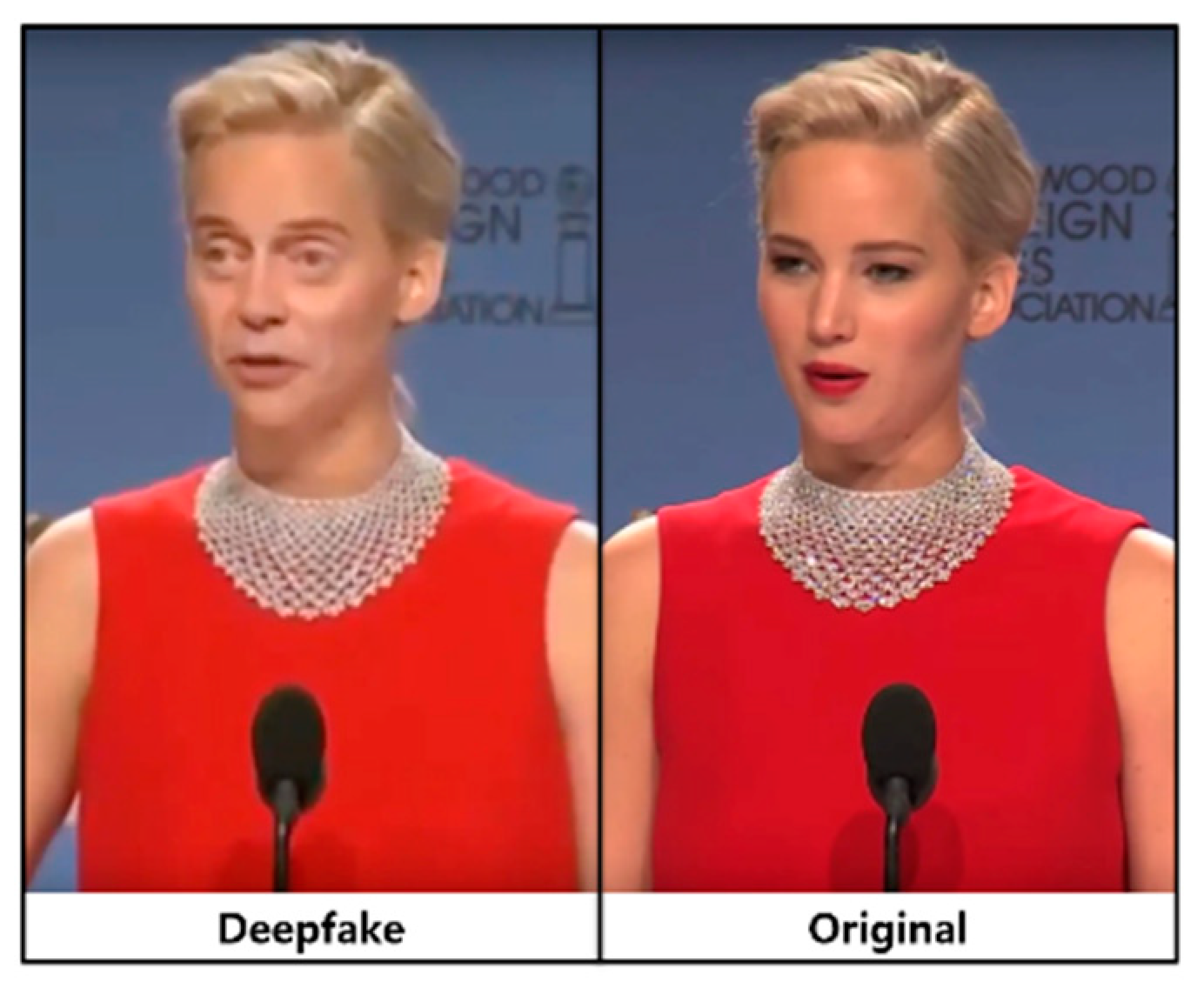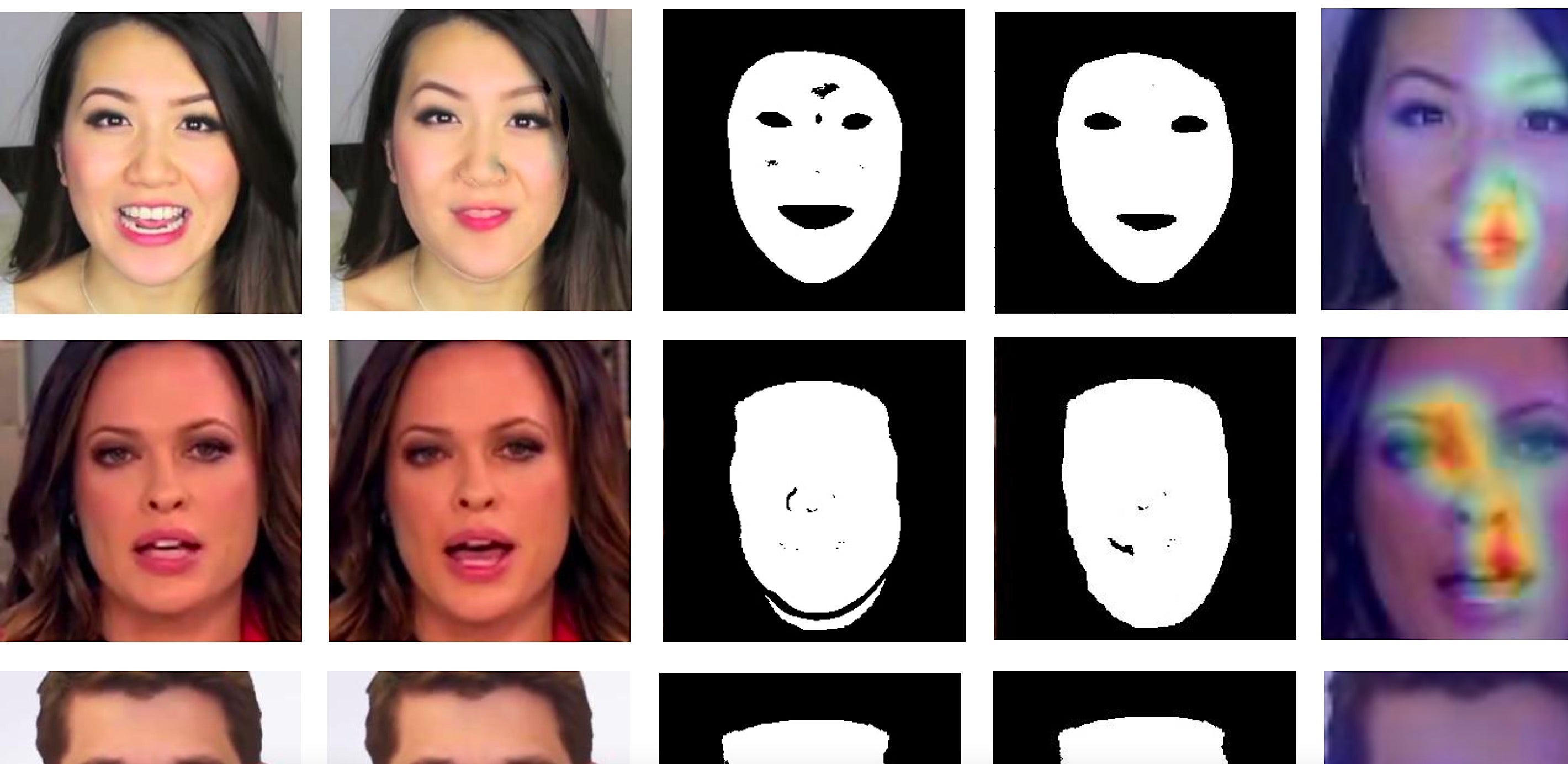Deepfakes are having a significant impact on marketing, both positive and negative. There is no definitive answer to the question of what percentage of marketing is deepfake, as the use of deepfakes is still relatively new and evolving. However, some estimates suggest that deepfakes could account for as much as 90% of all online audiovisual content within the next 5-7 years.

On the positive side, deepfakes can be used to create more engaging and personalised marketing campaigns. For example, a company could use deepfakes to create a video ad that is tailored to a specific customer segment, or to have a celebrity spokesperson speak in their native language. Deepfakes can also be used to create more realistic and immersive product demonstrations and virtual experiences.
On the negative side, deepfakes can be used to create misleading or fraudulent marketing materials. For example, a company could use deepfakes to create a video ad that features a celebrity endorsing their product, even if the celebrity has never used it. Deepfakes can also be used to create fake news articles or social media posts that are designed to damage a competitor's reputation.
Here are some specific examples of how deepfakes are being used in digital marketing today:
- Personalised advertising: Companies are using deepfakes to create personalised advertising campaigns that are tailored to individual customers. For example, a company could use deepfakes to create a video ad that features the customer's face and name.
- Virtual influencers: Companies are creating virtual influencers who are entirely computer-generated. These virtual influencers can be used to promote products and services to large audiences without the need to hire real celebrities.

- Product demonstrations: Companies are using deepfakes to create more realistic and immersive product demonstrations. For example, a company could use deepfakes to create a video demonstration that shows a customer using a product in their own home.
Overall, deepfakes are a powerful technology that has the potential to revolutionise marketing. However, it is important to be aware of the potential risks associated with deepfakes, such as the risk of misleading or fraudulent marketing materials.
There are arguments for and against this technology but Deepfake is here to stay. If it is unavoidable (in fact, it will only get better in time), it is key to have responsible AI practices in place to safeguard yourself and your audience. Here are some tips for businesses on how to use deepfakes in marketing responsibly:
-
Be transparent about your use of deepfakes. Let consumers know when you are using deepfakes in your marketing materials.
-
Avoid using deepfakes to create content that is harmful or offensive.
-
Work with reputable deepfake creators who have a good track record of creating ethical and responsible content.
-
Protect your brand by using Deepfake detection software

It is a fine line to thread but by following these tips, businesses can use deepfakes to create effective and engaging marketing campaigns that are also ethical and responsible.

